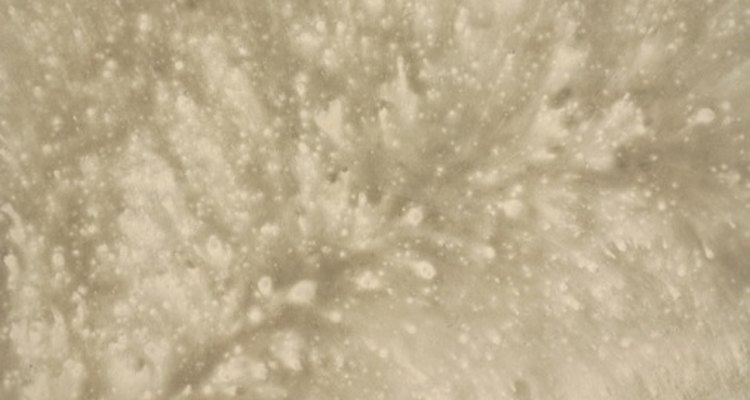
Curdled milk is a type of spoiled milk. Sometimes the spoiling occurs naturally, while other times the milk is artificially curdled, or spoiled, through a specific boiling process. Although it has a foul odor and bitter taste, it is actually an essential ingredient used to make a number of other foods, such as cottage cheese, yogurt and various hard cheeses. Curdled milk also possesses an important, yet little known, medicinal quality; it is a natural intestinal antiseptic.
Cottage Cheese
Curdled milk is used to make paneer, or cottage cheese. To make cottage cheese, heat slightly spoiled milk until it boils and add a bit of lime juice or vinegar as soon as the milk begins to bubble. Remove it from heat and stir it constantly to encourage the mixture to curdle quickly. Pour the curds inside a cheesecloth and allow the liquid to drip out. After an hour, only a soft, tasty cottage cheese-like substance will remain on the cloth.
Yogurt
Curdled milk is often used to make yogurt, the Turkish word for milk that has been curdled with a lactic starter. The milk is curdled with the aid of bacteria, which turns the milk sugars into lactic acid. Since lactic acid is much easier for you to digest than milk sugars, even people who cannot drink milk can enjoy yogurt.
Hard Cheeses
Curdled milk is also used to make various hard cheeses. When milk is mixed with rennet, a natural complex enzyme, and bacteria or other microorganisms, the lactose changes to lactic acid, causing the milk to curdle and divide into curds and whey. The curds are cut up and lightly heated to make them shrink, resulting in the formation of cheese that is allowed to age anywhere from one month, like brie, to one year, like cheddar. Some cheeses, like mozzarella, may be eaten immediately.
Intestinal Antiseptic
When ingested, commercially prepared curdled milk acts as an intestinal antiseptic by producing nascent lactic acid in the intestine, thereby creating an environment that is unsuitable for the growth of harmful bacteria. Curdled milk is best used to treat typhoid fever, colitis, appendix inflammation and colon infections. A typical medicinal dose is 1/2 to 1 pint and should be taken twice per day, after breakfast and dinner, for best results. Note that although naturally curdled milk may possess some of these health benefits, you should use only commercially prepared curdled milk for therapeutic purposes.
Related Articles

What Type of Microorganism Is Used to ...

What Are Rennet Tablets?

Difference Between Fermented Milk & ...

How to Make Queso Fresco
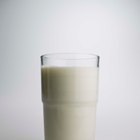
How to Cook With Lactaid
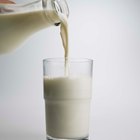
Why Does Milk Freeze in the ...

Cold Milk for Weight Loss

Whole Milk Vs. Lactaid Milk
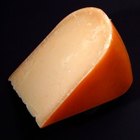
What Is Animal Rennet?
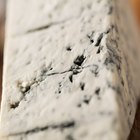
What Good Bacteria Is in Cheese?

Kefir Substitute
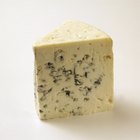
The Dangers of Roquefort Cheese

What Does Rennet Do in Ice Cream?

How to Cook Elbow Macaroni in Milk

What Types of Cheeses Are Unpasteurized?

Feta Cheese Nutrition

What Makes Homemade Chai Curdle?

Can You Boil the Bacteria Out of ...

Can You Melt Ricotta?

How to Freeze Goat's Milk
References
Writer Bio
Angela James graduated in 2000 with a degree in Political Science and Economics. Afterwards James worked as an Executive Assistant at a local bank where she was a writer and co-editor of the company employee newsletter. In 2003, she left the bank after the birth of her first child and became a freelance writer in 2008.
Photo Credits
Jupiterimages/Photos.com/Getty Images